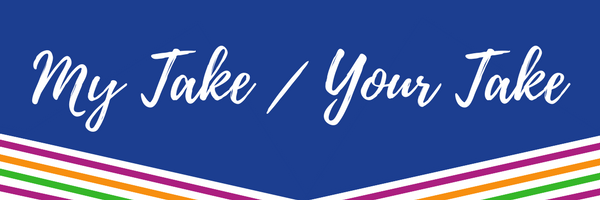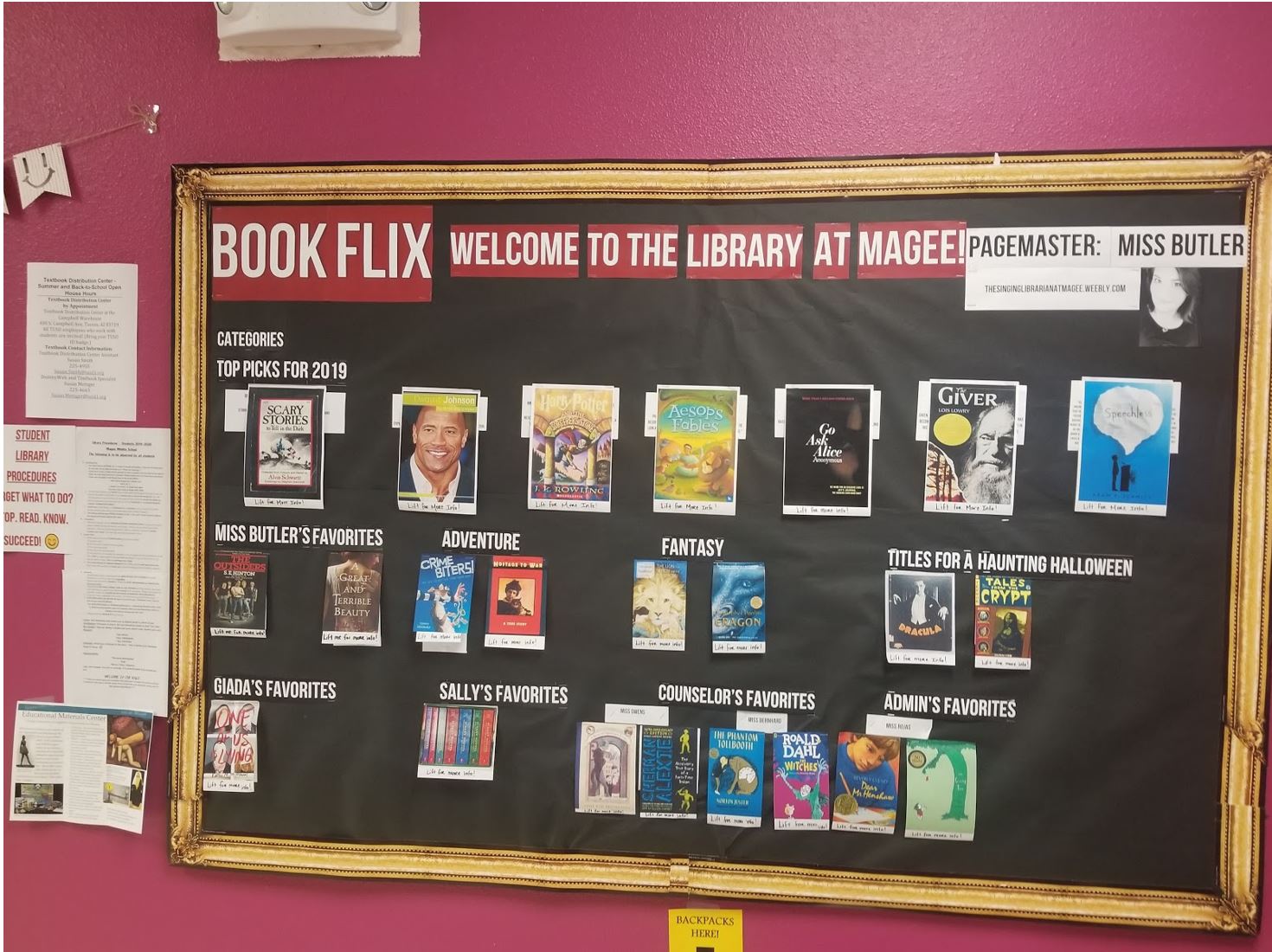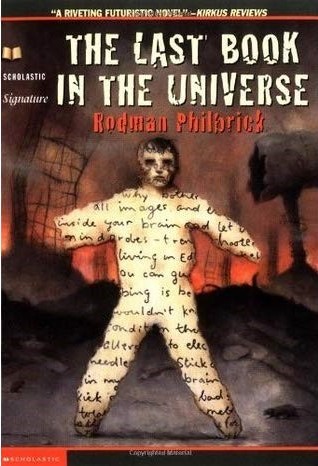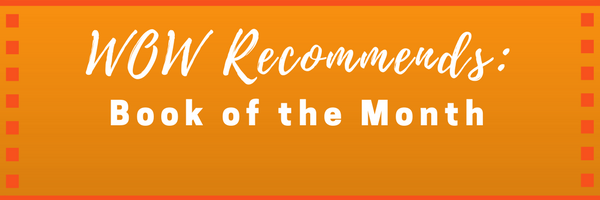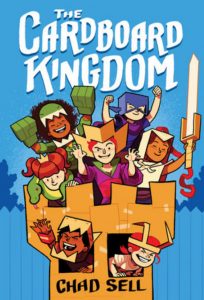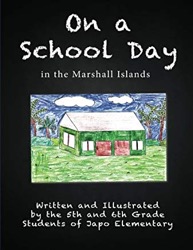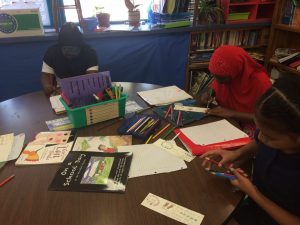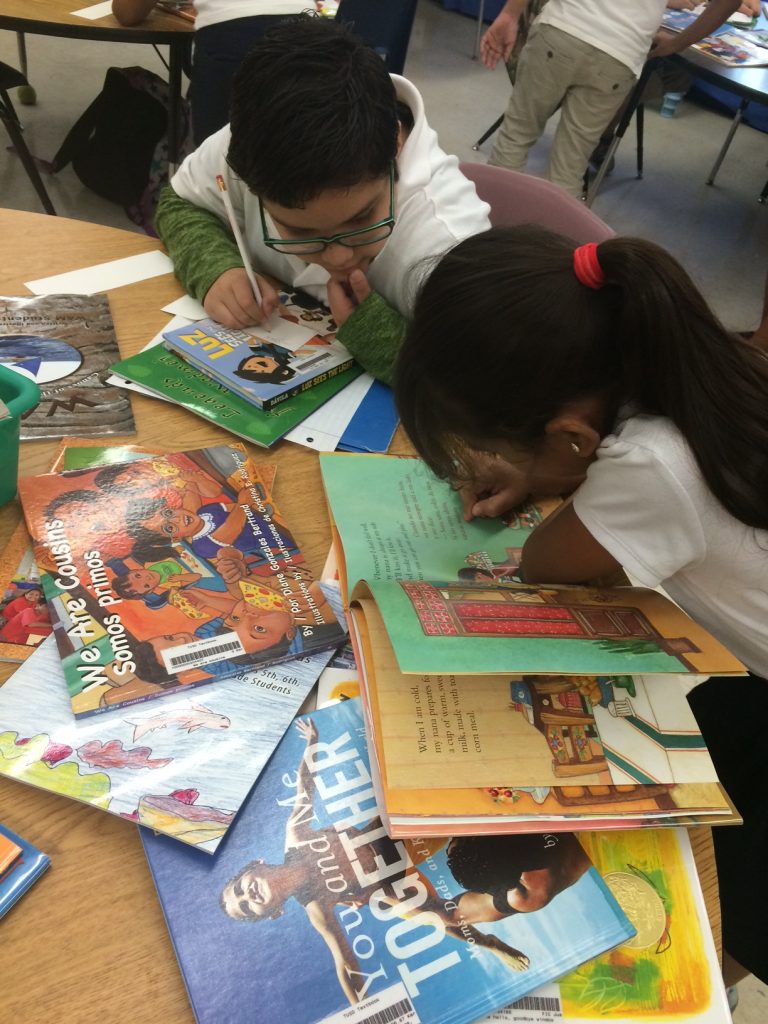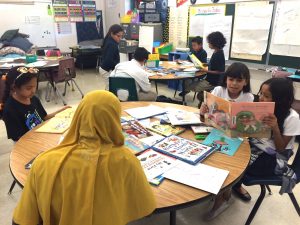Yoo Kyung Sung, University of New Mexico, Albuquerque, NM and Junko Sakoi, Tucson Unified School District, Tucson, AZ
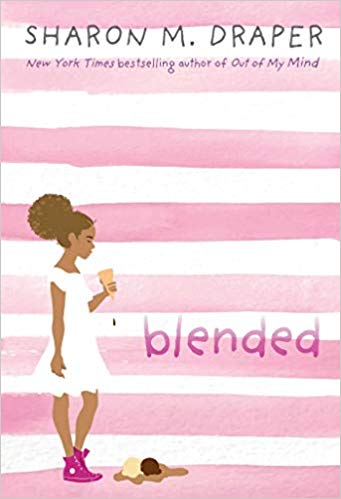 This week we share the digital natives’ experiences in the 8th grade classroom with a print–based text and an audiobook from the classroom. Recently, fifteen 8th grade students at the Drachman Montessori K–8 Magnet School in Tucson read Blended by Sharon M. Draper (2019). They are going to read two different formats of Blended; the 320 paged printed–text reading that consists of 80 chapters and the audiobook listening that takes 5 hours and 42 minutes. The students read and listen to chapters in turn intentionally to challenge their reluctant attitudes towards printed texts that RPR (Reluctant Printed–Text Readers) have. Continue reading
This week we share the digital natives’ experiences in the 8th grade classroom with a print–based text and an audiobook from the classroom. Recently, fifteen 8th grade students at the Drachman Montessori K–8 Magnet School in Tucson read Blended by Sharon M. Draper (2019). They are going to read two different formats of Blended; the 320 paged printed–text reading that consists of 80 chapters and the audiobook listening that takes 5 hours and 42 minutes. The students read and listen to chapters in turn intentionally to challenge their reluctant attitudes towards printed texts that RPR (Reluctant Printed–Text Readers) have. Continue reading

